We don’t have enough great werewolf horror films, but thankfully, a classic like “The Howling” still makes us howl even four decades later.
After 1941’s The Wolf Man, werewolf movies were few and far between. Classic horror monsters faded into the background as slasher movies rose in popularity during the 1970s. However, in 1981, classic movie monsters experienced a renaissance. Three werewolf movies were released that year: An American Werewolf in London, Wolfen, and The Howling.
Released on March 13, 1981, The Howling grossed $1.1 million against a $1.5 million budget. The film went on to gross $17.9 million in North America. Well-received by critics and horror fans, the film spawned a franchise of seven sequels, a comic book series, and a remake in the works.
Serial killer Eddie Quist (Robert Picardo) stalks television news reporter Karen White (Dee Wallace). White agrees to participate in a sting operation and meets Quist at an adult bookstore and theater. Just as Quist is about to attack, the police shoot and kill him. Traumatized by the event, White starts seeing a therapist, Dr. George Waggner (Patrick Macnee).
Dr. Waggner sends White and her husband, Bill Neill (Christopher Stone), to a therapeutic retreat called The Colony. Upon arriving, Bill and Karen find a tranquil resort in the woods. However, after meeting the residents, they’re not so sure The Colony is the right place for them. In the meantime, Quist’s body disappears from the morgue.
Joe Dante served as director, and John Sayles wrote the screenplay, based on a 1977 novel of the same name by Gary Brandner. Dante and Sayles previously worked on 1978’s Piranha.
What Happened to The Howling, a YouTube mini-doc by JoBlo Horror Originals, reports that the studio first hired actor Jack Conrad to direct. Producer, director, and actor Terrence H. Winkless was on board to adapt the screenplay. Conrad and Winkless left due to difficulties with the studio.
Enticed by the studio’s offer, Dante left the production he was working on, the third Jaws movie, a comedy called Jaws 3, People 0.
Dante wanted Sayles to write the screenplay.
He wanted Sayles to give The Howling a self-aware satirical tone similar to Piranha. Sayles’s finished draft barely resembles Brandner’s novel.
JoBlo’s mini-doc reports advertisements for The Howling didn’t depict werewolves and that the first werewolf appears 42 minutes into the film. Dante said the studio didn’t want to market the film specifically as a werewolf movie, fearing a lack of interest.
Hoping to appeal to slasher fans, the studio decided not to show werewolves in any promotional materials.
Dante and Sayles said that they felt Brandner’s novel and the original screenplay were missing the element of mystery. They felt the werewolves were too obvious and wanted to keep the audience guessing. Sayles is quoted from an interview called Primal Scream: An Oral History of The Howling:
Special effects artist Rick Baker was originally supposed to work on The Howling but left to work on An American Werewolf in London (Baker went on to win an Oscar for his work on that film). Rob Bottin and David W. Allen replaced Baker. Bottin and Allen created a memorable scene in which Eddie Quist transforms before Karen White’s eyes.
In the 2021 retrospective, The Howling at 40, for The Guardian, Scott Tobias writes:
The cast includes many iconic faces.
Before The Howling, horror icon Dee Wallace (also known as Dee Wallace Stone) was in The Hills Have Eyes (1977) and appeared on 1970s network television shows, including CHIPS and Police Woman. She went on to starring roles in Cujo, Critters, and Popcorn.
Dee’s late husband, Christopher Stone, played her husband in the film. Minty Comedic Arts points out that the producers didn’t know that Wallace and Stone were together at the time. Wallace recommended Stone for the role. Producers found out about their relationship when they called him, and she answered the phone.
Patrick McNee who plays Dr. George Waggner is best known for his role on the iconic British TV Series The Avengers.
Dick Miller, who plays Walter Paisley, a werewolf expert who owns an occult bookstore, worked with Dante many times throughout his career. Miller appeared in many genre films, including Gremlins, Piranha, The Little Shop of Horrors, Chopping Mall, Night of the Creeps, The Terminator, and The ‘Burbs.
At first, Miller was unhappy with the role because it required only one day of work. However, the character grew on him because Miller enjoyed playing a character who was so knowledgeable about werewolves.
Robert Picardo, who played Eddie Quist, went on to play the Emergency Medical Hologram on Star Trek Voyager. Screen Rant reports that Dante wanted Picardo to audition for the role after he saw him in a play with Jack Lemon. Wallace said that Picardo was sincere and kind but immersed himself in the role so completely she said, “I don’t remember Robert. I remember Eddie.”
Wallace’s experience making The Howling had its ups and downs.
As Karen White enters the adult bookstore to meet Quist, Wallace’s discomfort is not an act. The YouTube mini-doc 10 Things You Didn’t Know About The Howling by Minty Comedic Arts reports that the scene was shot in a real adult bookstore. Wallace’s boundaries were pushed when the studio decided the film needed more nudity.
Screen Rant reports that Wallace had a clause in her contract stating that there would be no nudity in addition to the sex scene in the film. When Wallace arrived to film a scene and saw a group of nude women, she refused to shoot the scene. Breach of contract aside, she thought the scene would look ridiculous. Producer Mike Finnell was initially infuriated but eventually agreed with Wallace.
Due to budget constraints, Wallace’s transformation scene was filmed in Dante’s office.
During the scene, White turns into a werewolf and lets out a blood-curdling scream. Wallace learned that her scream would be dubbed with a sound effect. She was determined to “knock their socks off” and deliver it herself. The scream in the final version is Wallace.
Many sources dive into the themes of THE HOWLING, pointing out that Sayles’s script satirizes and criticizes self-help groups, cults, and the media.
JoBlo points out the film’s self-awareness in that the characters know werewolf lore, including one expert on the subject. Another perspective is that The Howling uses lycanthropy as a metaphor for suppressed desire — the beast within.
Like many other classic genre films, The Howling spawned a franchise of seven sequels: Howling II: Your Sister Is a Werewolf (1985), Howling III: The Marsupials (1987), Howling IV: The Original Nightmare (1988), Howling V: The Rebirth (1989), Howling VI: The Freaks (1991), The Howling: New Moon Rising (1995), and The Howling: Reborn (2011).
Out of the seven sequels, JoBlo points out that The Howling 2 is the only one connected to the first film. The rest of the sequels use the title but have nothing to do with the original film.
There is a remake in the works for Netflix with Andy Muschietti as director. Muschietti is known for 2013’s Mama, 2017’s It and 2019’s It: Chapter Two.
In May 2017, Space Goat Productions published a comic book series, The Howling: Revenge of the Werewolf Queen. The series is a direct sequel to the original film and ignores the sequels.
More than 40 years later, The Howling still holds up with its well-developed storyline, first-rate transformation, and witty commentary.


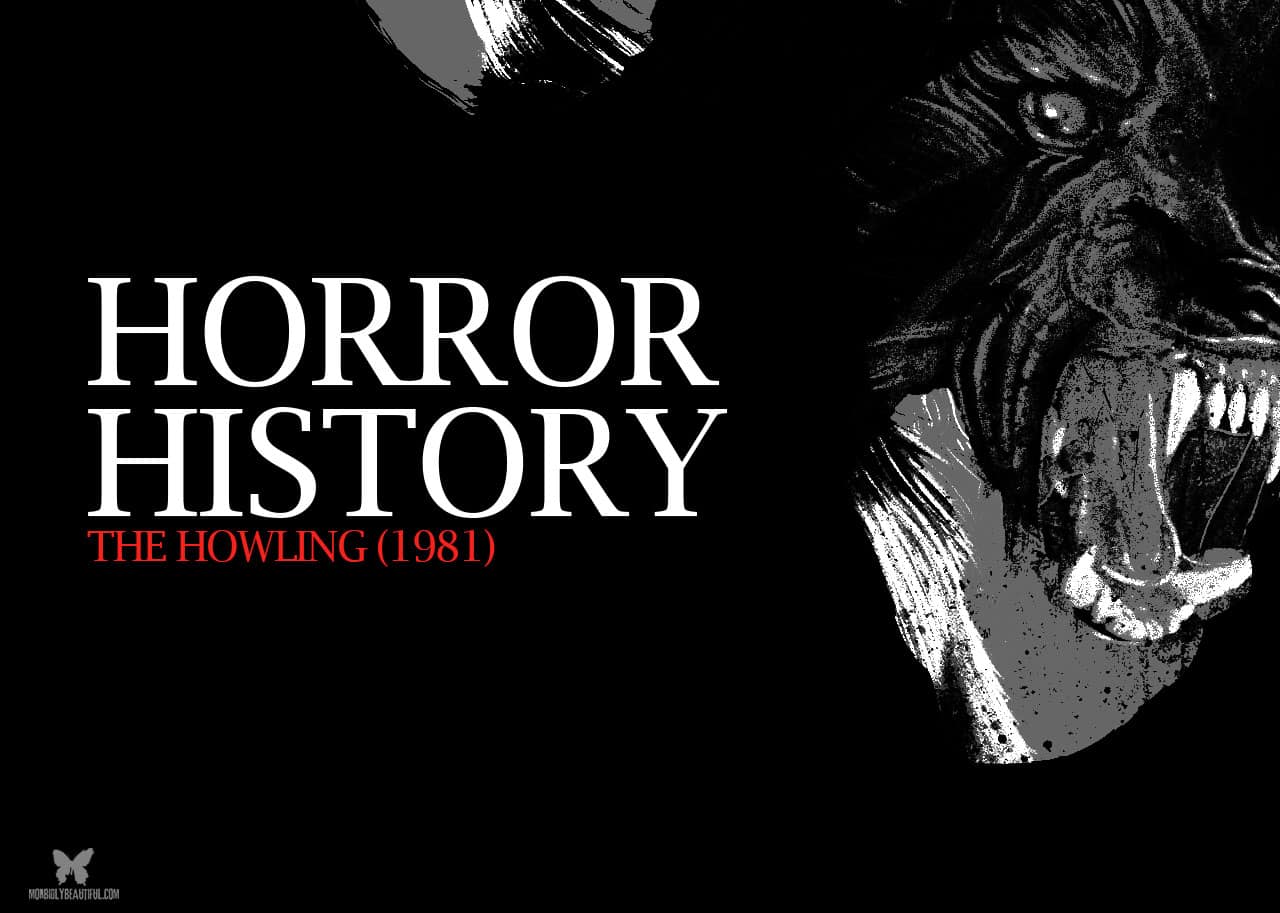
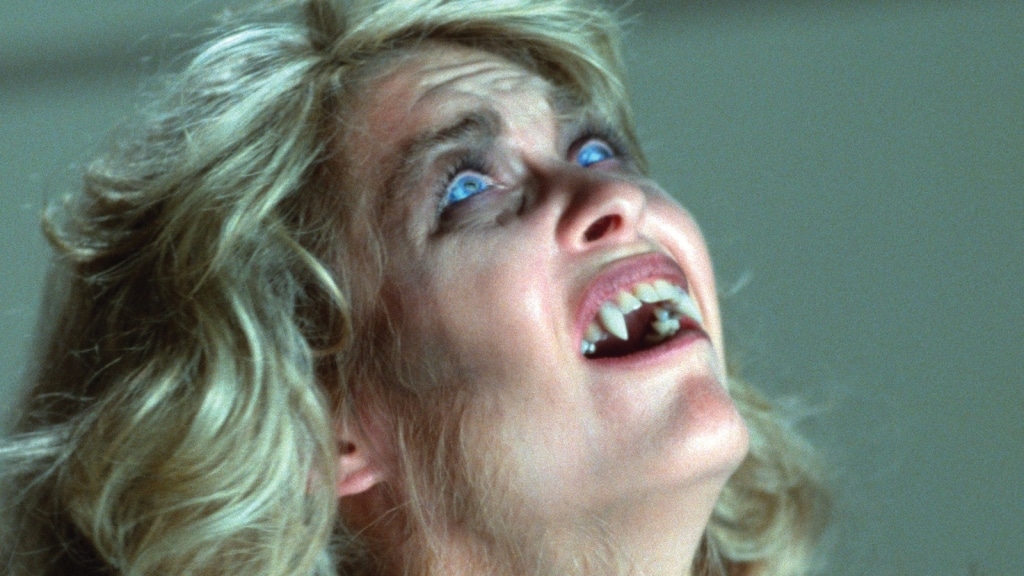
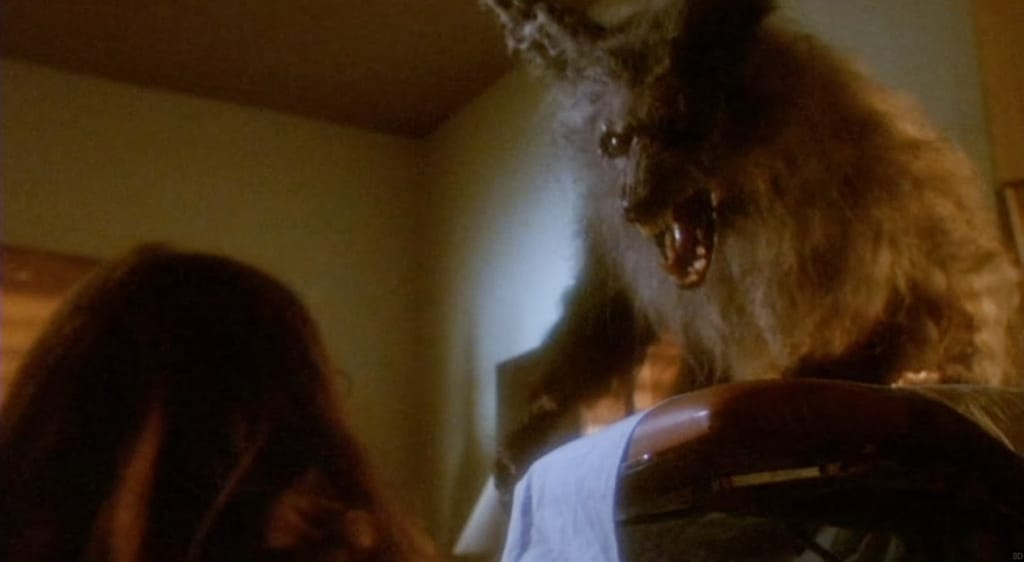
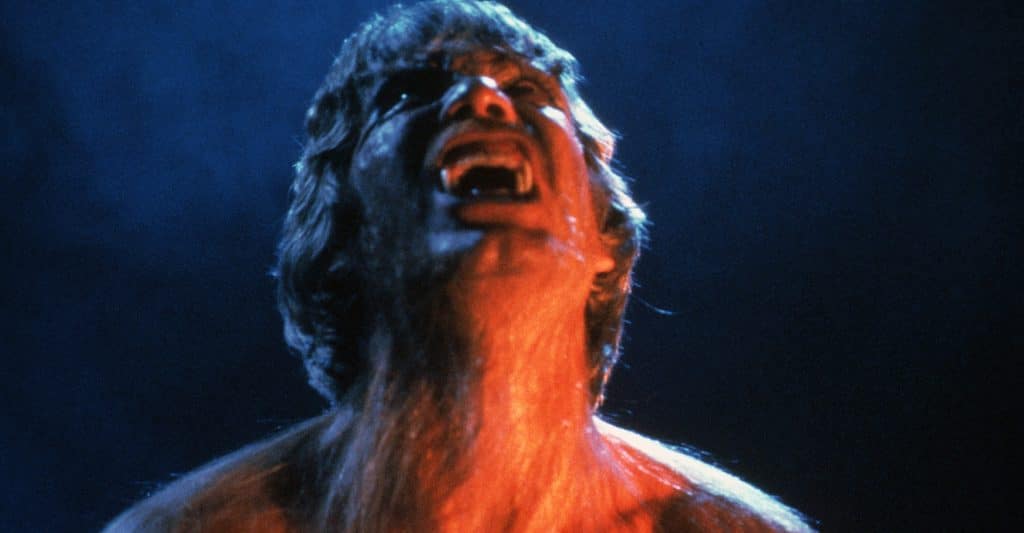
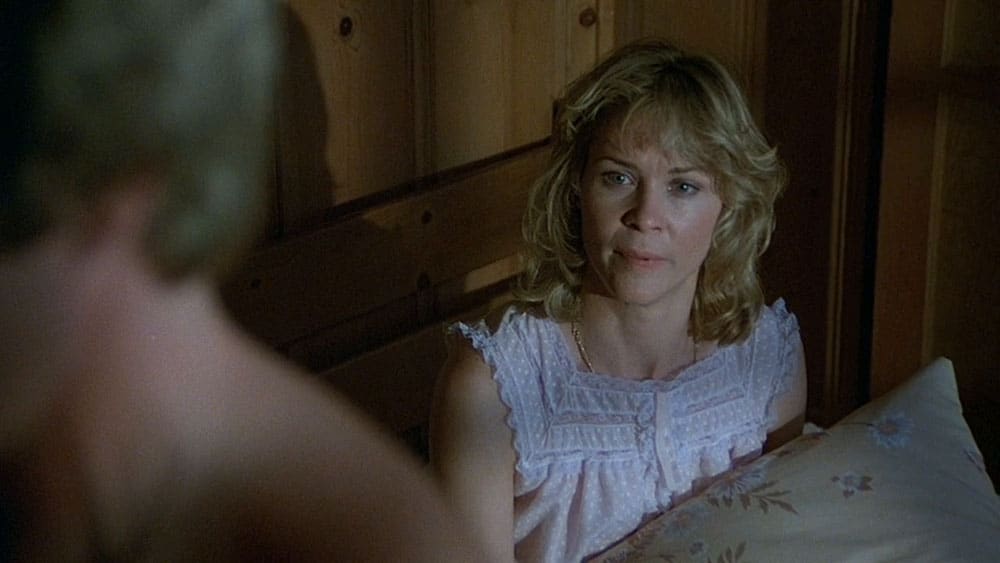
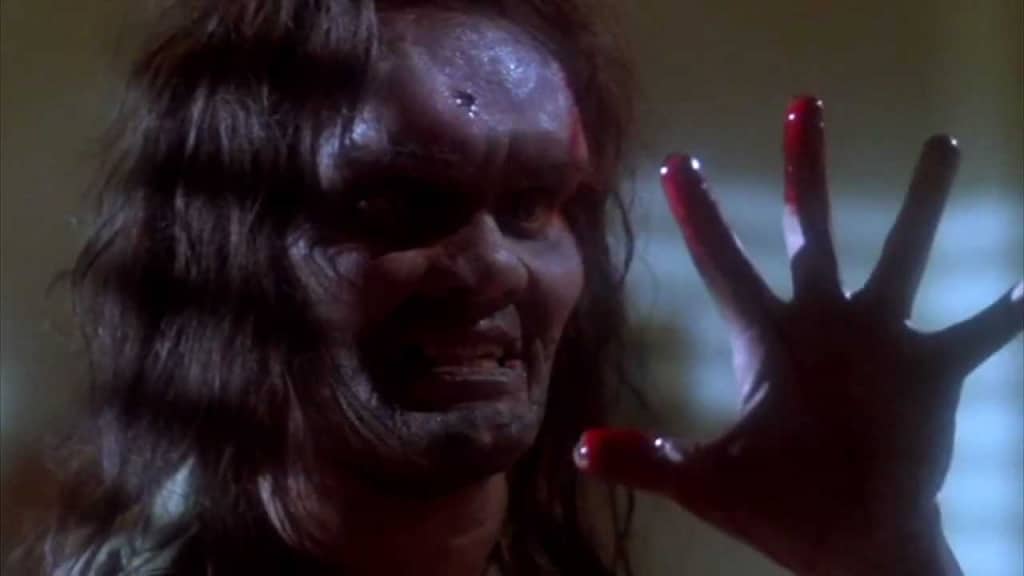
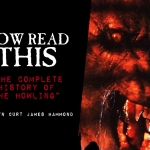
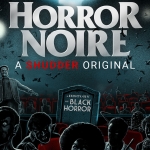
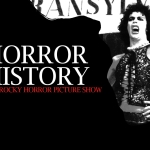

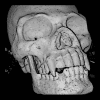







Follow Us!